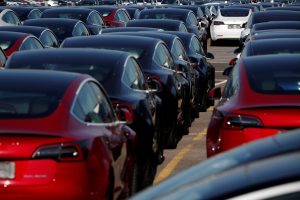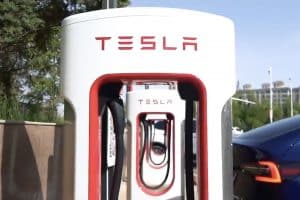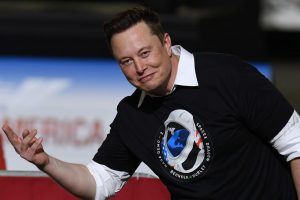- 🚗 European Union inspectors visited Tesla Giga Shanghai to set individual duty rates for EV imports from China.
- 📅 The provisional tariffs on China-made EVs began on July 5, 2024.
- 🕵️ The EU’s visit to Tesla Giga Shanghai was shorter than other automaker inspections from China.
- 📜 Tesla requested but was rejected to be part of the sample examined in the investigation.
- 💼 Three companies, BYD, Geely, and SAIC, received individual duties from the investigation.
- 💰 Tesla received a provisionally lower duty rate of 20.8% despite not being sampled.
- 🔍 Tesla might still obtain an individually calculated duty rate similar to the sampled companies.
When it comes to the automotive industry, recent developments between the European Union (EU) and Chinese electric vehicle (EV) manufacturers have brought significant changes to trade dynamics. Europe’s provisional tariffs on China-made EVs, effective from July 5, 2024, mark a new phase in this evolving relationship. In this blog post, we’ll delve into the specifics of the EU’s investigation into Tesla’s Giga Shanghai and the resultant impact on individual duty rates for several key players in the EV market.
Explore the latest developments in EU tariffs on Chinese EV imports, including the investigation of Tesla’s Giga Shanghai and its implications for the global automotive industry.
The New European Tariffs
The EU’s decision to impose provisional tariffs on EV imports stems from a need to protect its automotive industry. The tariffs took effect on July 5, 2024, and are subject to a more detailed discussion over the ensuing four months before final implementation. Amid these changes, the European Commission (EC) scheduled detailed investigations to understand how these tariffs would apply to different manufacturers.
EU’s Shorter Visit to Tesla Giga Shanghai
According to reports, the EU’s visit to Tesla Giga Shanghai from June 26 to 28 was notably shorter than the weeks-long investigations of other automakers exporting from China. This has raised several questions about the depth and breadth of the EU’s probe into Tesla’s operations. While the reasons for the shortened visit remain speculative, it could be attributed to a higher level of preexisting data or different operational complexities.
Tesla’s Exclusion and Subsequent Involvement
Intriguingly, Tesla had requested to be included in the sample for a more detailed examination. However, this request was rejected by the EC, which instead selected three other major Chinese players: BYD, Geely, and SAIC, for individual duty assessments. Despite its exclusion from the sample, Tesla remained actively involved in the trade proceedings and cooperated with both the Commission and the Hearing Officer.
Individual Duty Rates: Winners and Losers
The EU assigned specific duty rates to BYD, Geely, and SAIC following their comprehensive examination. Meanwhile, Tesla managed to secure a favorable preliminary duty rate of 20.8%. This lower rate stands out as a victory for Tesla, though it still leaves room for future adjustments. The EC has indicated that Tesla might eventually be granted an individually calculated rate, aligning it with the sample-examined companies.
The Bigger Picture: What Does This Mean for the EV Market?
Impact on Chinese EV Manufacturers
- Provisional Tariffs: The imposition of provisional tariffs by the EU might prompt Chinese manufacturers to rethink their export strategies. Firms like BYD, Geely, and SAIC, which have been under scrutiny, may face operational challenges and cost escalations.
- Competitive Pricing: With increased tariffs, Chinese EVs may no longer enjoy the same pricing advantages in European markets. This could level the playing field for European automakers striving to compete with cost-effective imports.
Implications for Tesla
- Mixed Impact: Tesla’s complex position—actively involved yet not comprehensively examined—presents both challenges and opportunities. On one hand, the provisional 20.8% duty rate allows Tesla to maintain a competitive edge; on the other, awaiting a final individual duty rate injects an element of uncertainty.
- Strategic Adjustments: Tesla may need to fine-tune its pricing strategies for the European market. Additionally, further cooperation with the EU regarding duty assessments could translate into more favorable outcomes.
Concluding Thoughts
The EU’s provisional tariffs on Chinese EV imports, alongside its specific scrutiny of Tesla Giga Shanghai, underscore the intricate balance of global automotive trade. As the situation evolves, industry stakeholders will need to stay agile, responding to regulatory changes while aiming to maintain market competitiveness. Tesla’s involvement in the trade proceedings, despite initial exclusion, speaks volumes about its resilience and adaptive strategies in navigating international markets.
The coming months will determine how provisional tariffs evolve into permanent measures and how each key player adapts. All eyes are now on the EU’s final decisions and the strategic responses from Tesla, BYD, Geely, and SAIC.





